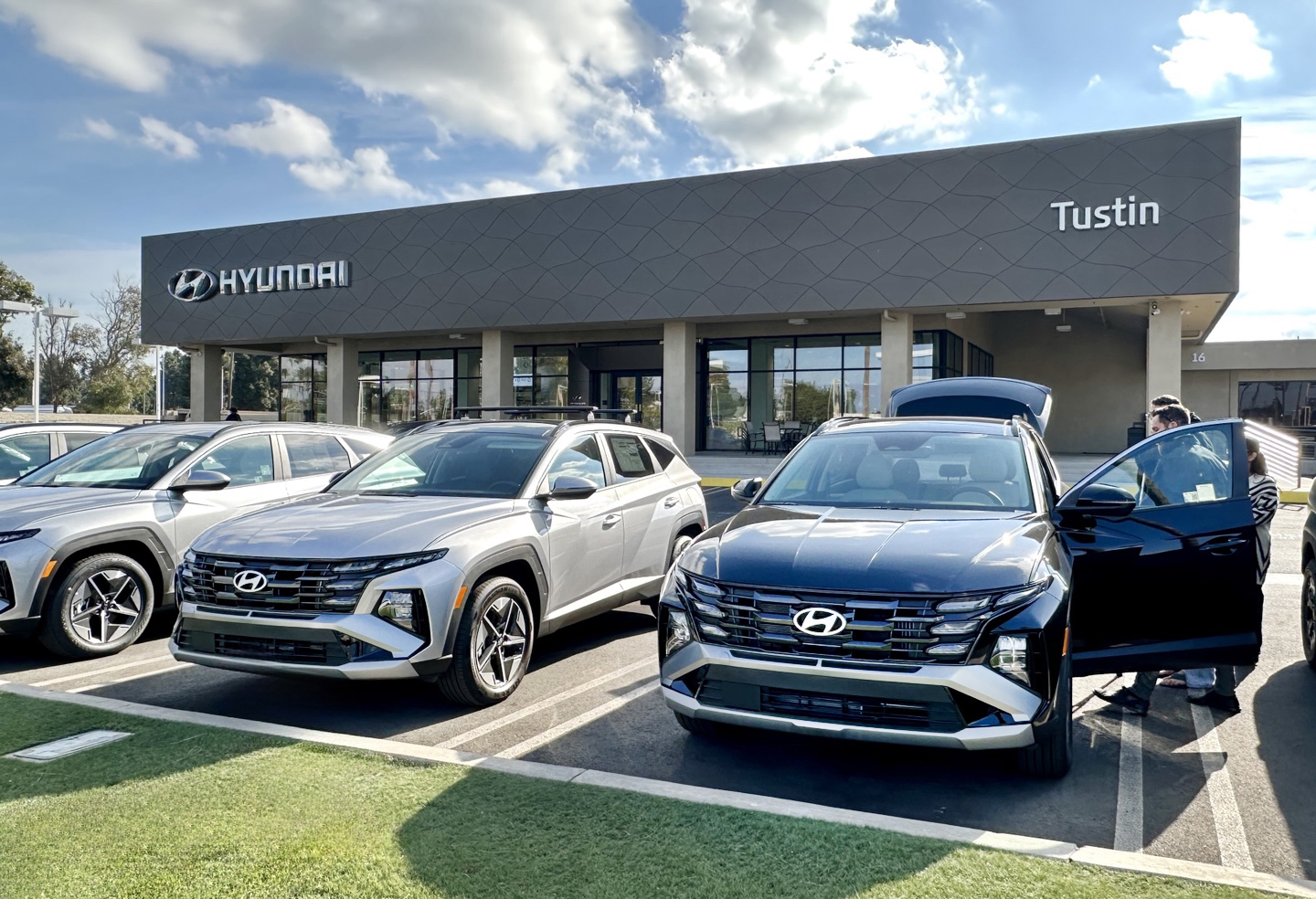Special Contribution – By Choong Whan Park, Former Endowed Chair Professor at USC
Hyundai Motor Group recently announced a $21 billion investment in the U.S. through 2028, aiming to expand annual production capacity to 1.2 million vehicles. Since entering the U.S. market in 1986, Hyundai has seen remarkable growth. The combined cumulative sales of Hyundai and Kia are projected to exceed 30 million units this year. For South Korea, automobiles remain a vital export to the U.S. However, the American auto market is fiercely competitive, requiring consistent innovation in sales strategy.
Interest in Korean culture—spanning K-pop, K-dramas, and K-food—is surging across the U.S. This presents a unique opportunity: can the success of Korean soft power extend to the auto industry through “K-car branding”?

The Power of the “K” Label
Before the rise of the “K-brand,” no country had successfully linked a single alphabet letter to national products or services. The “K” label now stands for much more than pop music or cosmetics—it represents a culture of excellence and emotional connection.
K-pop and K-dramas are known for their addictive nature and the emotional bonds they create with fans. Yet, despite South Korea’s status as a top automotive exporter, the emotionally resonant “K-car” concept has yet to take root.
Other industries proudly use similar branding, such as K-defense, K-shipbuilding, and K-nuclear energy. There’s no reason why Hyundai Motor Group, the world’s third-largest auto manufacturer by sales, cannot leverage “K-car branding” to forge emotional ties between their vehicles and global consumers.
Korean American Loyalty: Untapped Potential
Understanding the consumer behavior of Korean Americans offers insight into branding opportunities. While about 50% of Japanese Americans purchase Japanese vehicles, only 25% of Korean Americans are estimated to buy Hyundai or Kia cars.
Out of the estimated two million Korean Americans, around 200,000 are believed to purchase vehicles annually. If only 50,000 choose Hyundai or Kia, the remaining 150,000 likely turn to competitors—many to Japanese brands. In the luxury segment, Lexus, Mercedes-Benz, and BMW often outperform Genesis among Korean American buyers.
This represents a significant opportunity cost for Hyundai Motor Group. The issue goes beyond price or performance—it’s a missed emotional connection. If more Korean Americans supported Hyundai and Kia, this could influence other communities, creating a multiplier effect.
Emotional Branding Through “K-car” Storytelling
How can Hyundai Motor Group boost loyalty among Korean American consumers? By tying the K-car branding directly to Hyundai vehicles, making them part of a shared cultural identity.
The most powerful tool for emotional branding is storytelling—but not just any story. Effective brand stories must:
-
Be rooted in the brand’s identity.
-
Highlight product quality and performance in engaging ways.
-
Evoke strong emotional responses.
A historical example is Lotte’s Xylitol gum launch in 2000. Previously, the Korean gum market was stagnant. But branding the gum as “good for dental health” and “for chewing before bed” created intrigue, emotional appeal, and trust through endorsement by the dental association—resulting in massive sales.
Building the K-car Identity
What could the identity of a K-car be? One suggestion: “A global car for those who pursue a dynamic and sophisticated lifestyle.” South Korea embodies dynamism—from its rapid development to its cultural impact. Sophistication reflects the nation’s high fashion sense and refined taste.
To communicate this identity, Hyundai must package its features and performance in emotionally resonant, engaging narratives.
This effort will require time and resources, but one efficient strategy would be to launch a K-car campaign through trusted Korean American media. Consumers could share stories of their experiences with Hyundai vehicles, reinforcing the brand’s identity and emotional appeal.
This approach aligns with the Korean adage “修身齊家治國平天下”—to govern the world, one must first build strong foundations at home.





